For the past two decades, a dedicated team of scientists at the Charles Darwin Foundation, in collaboration with the Galapagos National Park Directorate, have conducted meticulous studies of the Galapagos Marine Reserve’s underwater ecosystems – tracking their evolution over time, year after year.
This year, their efforts culminated in the significant achievement of publishing their findings on two esteemed platforms: The Ocean Biodiversity Information System (OBIS) and the Global Biodiversity Information Facility (GBIF). The comprehensive publication can be accessed here: https://doi.org/10.15468/gsa458.
This publication isn't just a compilation of data; it's a comprehensive record of marine life within the Galapagos archipelago from 1994 to 2022. The data covers fish, macroinvertebrates, and sessile organisms, offering a detailed insight into the changes in the marine environment over time.
Why does this work matter so much?
The importance of this publication lies in its utility for both scientific research and conservation efforts. Imagine being able to peek into the past and witness how the underwater world has changed over time. Indeed, this historical perspective on the evolution of the underwater ecosystem, is vital in the formulation of effective conservation strategies because it allows comparisons with the past, deepens our understanding of ecosystem dynamics and the threats they face, and helps us anticipate future changes in ecosystems.
What was documented over the years?
The dataset, derived from annual visual censuses at over 60 locations, addresses critical issues such as population dynamics, invasive species introduction, and the impacts of climatic events like El Niño and La Niña.
With 92,554 occurrences documented, the dataset unveils the intricacies of marine life in the region. Fish dominate with 47,745 records, followed by sessile organisms with 31,823 entries and mobile macroinvertebrates with 12,986 records. These detailed data, with taxonomic information including orders, families, and species, provide a comprehensive view of the unique submarine biodiversity in the Galápagos Marine Reserve.
This publication serves as a valuable resource for researchers, conservationists, and policymakers. It fosters a deeper understanding of the Galápagos marine biodiversity and equips stakeholders with the knowledge needed to preserve this unique ecosystem
Learn more about our Subtidal Ecological monitoring work
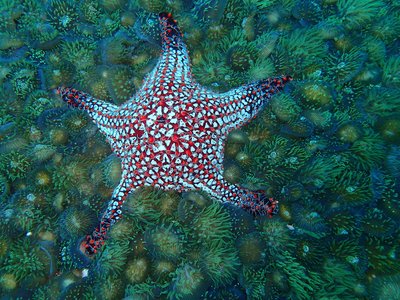
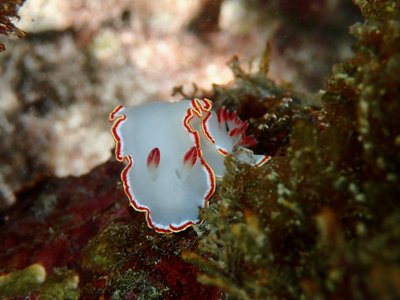
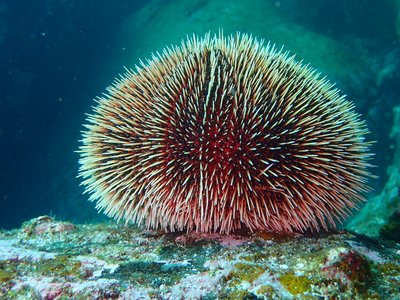
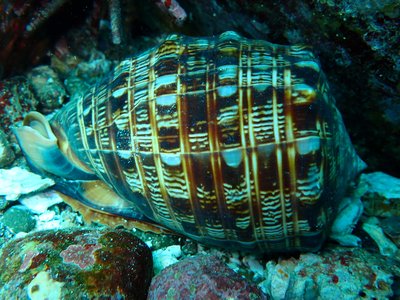

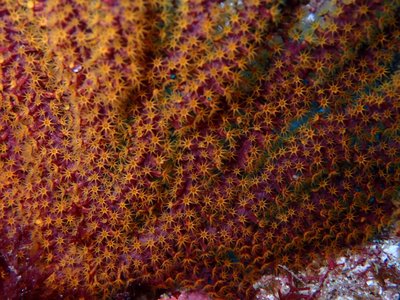
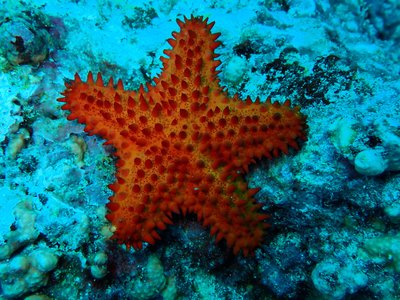


A mosaic of underwater biodiversity from the Galapagos Marine Reserve.






